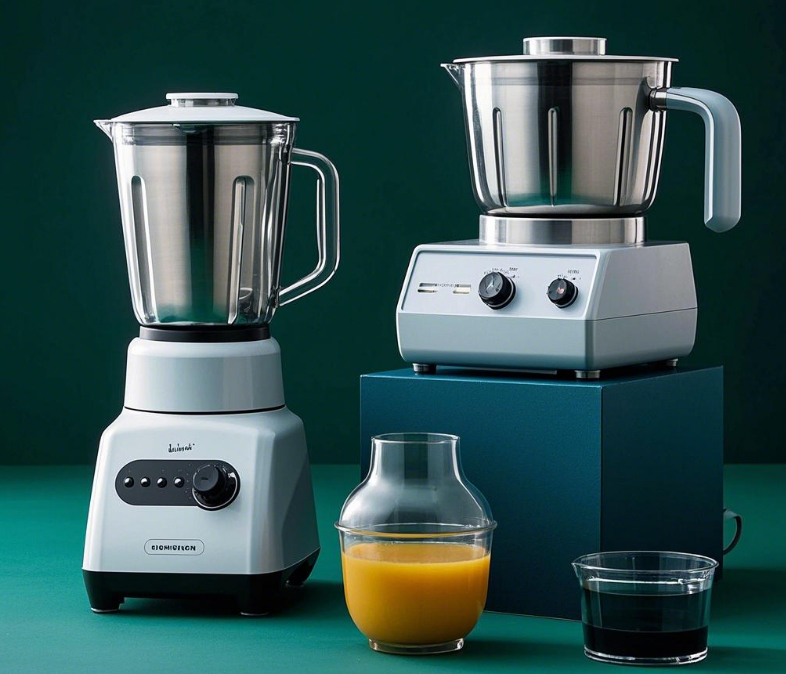What is the difference between a commercial mixer and a household mixer?
Jan 13,2025
351
Commercial mixers, such as restaurants, coffee shops, bakeries, and other places, are widely used for frequent processing of large amounts of ingredients. In daily cooking scenarios, the amount of ingredients processed is small, such as making juice, mixing a small amount of batter, etc., and does not require excessive power to meet demand.

In terms of power, there are generally more commercial mixers between 1000 and 3000 watts. For example, commercial mixers can easily mix a large amount of dough for making bread and other foods, and their strong motors can ensure efficient mixing without failure due to excessive load. 300-1000 watts are used in daily cooking scenarios at home, and the amount of ingredients processed is small, such as making juice, stirring a small amount of batter, etc., which does not require excessive power to meet demand.
There is also a gap in capacity. Commercial mixers used in bakeries may have a capacity of 20 to 30 liters, which is enough to make dough for multiple breads and can meet the needs of large-scale production in commercial establishments.
Household blenders generally have a small capacity, usually around 1-5 liters. To make a small amount of food, for example, an average household using a blender to make juice once may only require 1-2 liters of capacity.
Due to the high frequency of use in commercial environments, commercial mixers are often made of strong metal materials, and the internal mechanical structure and motors and other components are of high quality, which can operate stably for a long time. For example, in a restaurant, the mixer is used many times a day to make sauces, soups, etc., and the durability of the household mixer is slightly lower, and the quality and strength of the internal components are not as good as those of the commercial mixer. However, for the occasional use of the family, this design has been able to meet the needs.
In addition to the basic mixing function, it may also have a variety of speed adjustment modes to adapt to different ingredients and mixing requirements. Some advanced commercial mixers also have pre-programmed functions, which can automatically complete the mixing according to the preset program and improve work efficiency.
The function is relatively simple, and there may be fewer speed adjustment gears, generally 2-5 gears, mainly to meet the needs of families to make simple food, such as making simple vegetable juices, purees, etc.
Commercial mixers are characterized by high performance, large capacity, durability, and the professional requirements of commercial equipment. Prices are usually around $120 to $1,000, or even higher. Some high-end brands of large commercial mixers may cost more than $1,200.





